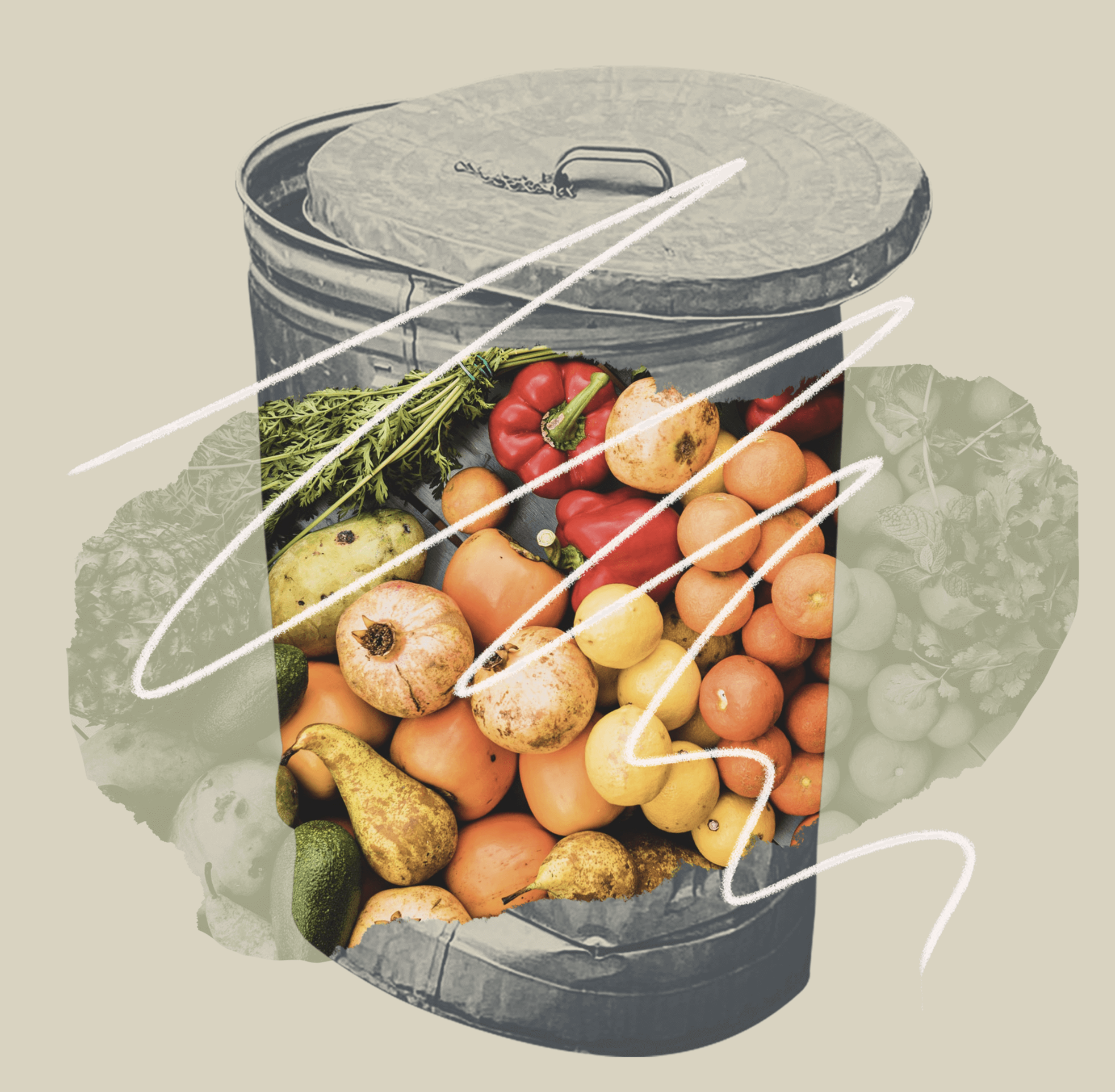💡 Problem statement: Food labels are wildly inaccurate - The labels are meant to portray when the product is at its peak of freshness, not when it goes bad. Due to this misconception over 90% of Americans throw out food prematurely.
Fundamental food handling inefficiencies cause hunger
Our world is only getting bigger, and that means that we have more and more mouths to feed. If we want to ensure that everyone is able to have the basic necessities to survive we can’t be wasting our food. Food waste is becoming a nearly billion ton problem, with the United Nations Environment Programme’s 2021 Food Waste Index stating that an estimated 931 million tonnes of food is thrown away each year. One major contributing factor for wastage of food within the United States, 3rd largest food wasted, are misleading expiration dates.
Facts for context
- A full third of the food produced in the U.S. is wasted due to consumers’ confusion over labeling
- This problem is only getting worse with Harvard Food Law and the Natural Resources Defense Council referring to date labels as “a key cause of the high and rising rates of waste in the United States”.
- Walmart surveyed its private label suppliers and found that they were using as many as 47 different kinds of date labels.
- The main cause of this is because the companies don’t benefit from making the labels clearer. If the consumer eats the food by that time on the label then they have the best experience possible thus increasing the likelihood of them re-purchasing their product OR if the consumer throws it out then they are inclined to re-purchase the product and make more money.
The outcomes
- By only preventing waste of meat alone, of the 263 million tonnes of meat produced globally, over 20% is lost or wasted, we can prevent 60 million tonnes of meat going to waste.
- If we expand to more food items we can save over 130 billion meals and more than $408 billion each year within the United States alone.
- We can also save more water, land, labor, and energy thus leading to a lower carbon footprint. It also reduces the amount of greenhouse gasses produced, with Municipal solid waste landfill accounting for approximately 14.1 percent greenhouse gasses in america.
• • •
Key innovations allow for new change
- Paper-based microfluidics is the branch of microfluidics involving devices made out of paper, or other porous membranes, that wick fluids by capillary action. Paper-based microfluidic devices have several advantages over conventional microfluidic devices including simpler fabrication, lower cost, easier disposal, and the ability to operate without pumps or other supporting equipment.
- Microfluidic system. Locates pathogen by allowing its growth (over multiple hours) that triggers a dye. Best works with liquids such as milk.
- Electrochemical Biosensors detect compounds that are associated with bacteria.
- MIT has found silk based and edible sensors effective for solid foods (meat, vegetables etc.). Still requires ~16 hrs to make a prediction using microneedles and bioinks.
- Bioink responds to pH changes associated with bacteria spoilage.
Four barriers to viability
- These colourimetric sensors are not yet mass produced due to an unoptimized manufacturing process.
- In particular, there is no standardization of indicator spots. Most existing ones can only be comprehended by academics.
- There is also limited integration with existing food packaging.
- Limited products have been tested.
• • •
🎯 Our solution: Give consumers stickers they can put on the food to determine whether decay has occurred. Companies would also place these stickers into their meat products.
Visualizing bacteria byproducts to indicate spoiling
- Bacteria breed on the meat surface, leaving gaseous by-products called Volatile Organic Compounds. This has two stages: First, bacteria break down sugar in the process of catabolism to release alcohol and acids. This lowers the meat’s initially-neutral pH value.
- Next, when the sugar is depleted, bacteria attack proteins and release amines and thiols.
- There is one circle to indicate the progress within each stage, respectively.
- These circles are created by hole-punching Color Catchers, which are papers capable of absorbing run-off colors immediately, into 2 small circles. (Diameter = 0.4cm).
- Circle #1 is immersed in bromocresol purple (BCP) for 2h. It changes from purple to yellow as the pH decreases from 7.5 to 5.5.
- Circle #2 is immersed into ellman’s reagent. It turns yellow to reflect the amount of thiols. They are left to dry for 24 hours.
- Both circles are placed onto the tape to adhere to the meat.

Achieving economic viability by catering to all stakeholders
- Since most companies benefit from the food waste. However, if companies are able to implement this then they will have a marketing edge over their customers and be associated with a higher quality and more responsible product..
- There is also an incentive for the government to pass legislation to implement this solution universally since it would allow for less money to be spent on garbage disposal and management. Additionally redistribution of possibly wasted food alleviates food security costs e.g. food banks etc.
- There is a consumer based incentive to transfer over to clearer labels as consumers lose out financially to wasted food that they’ve bought. This also has an economic benefit on companies who may be prompted by demand posed by consumers.
